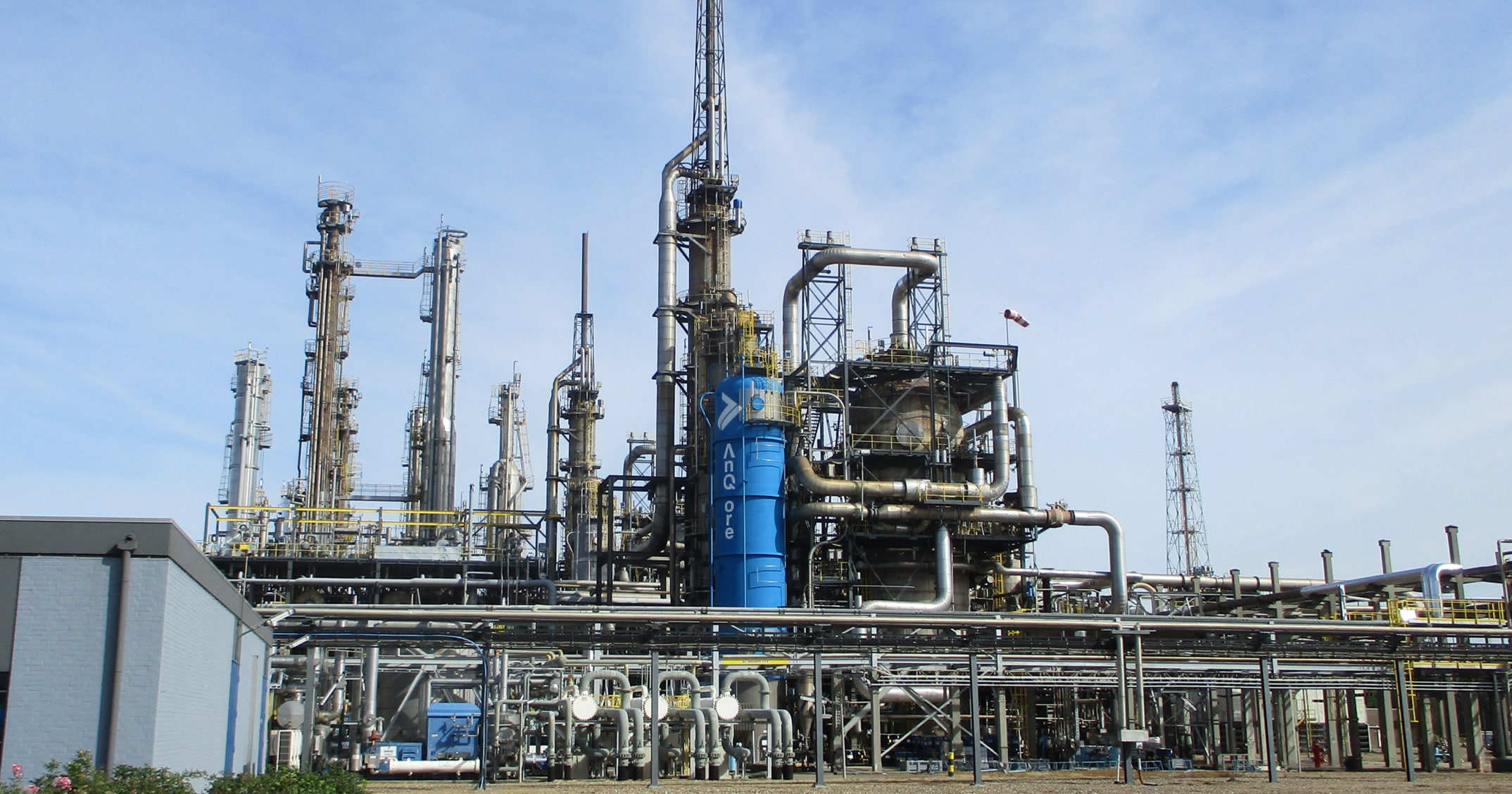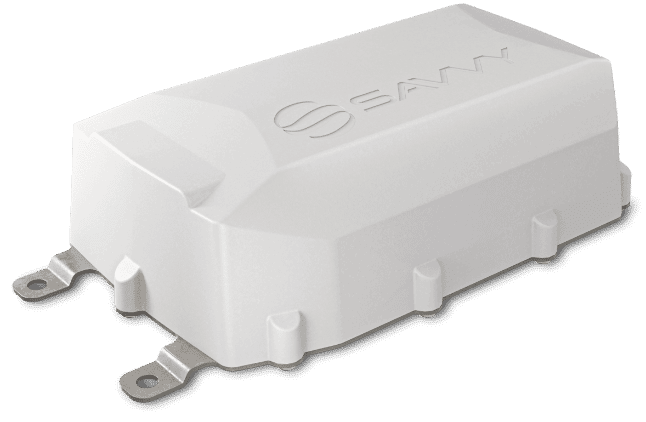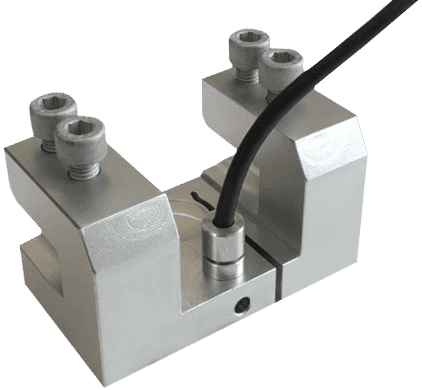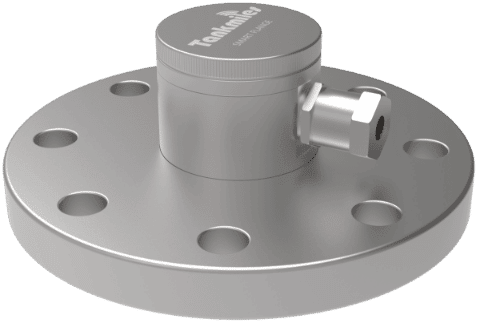
LNG: A versatile energy solution
LNG is a form of natural gas that is liquefied at a temperature below minus 160 degrees Celsius. This process reduces the gas to a much smaller volume (1/600 of its volume in the gaseous state), allowing it to be transported conveniently and safely, reaching places that cannot be served by pipelines. LNG has been used commercially since the 1950s and has become an important energy source in recent decades. Some of the major applications of LNG are highlighted below:
In the energy sector, LNG is increasingly used as an alternative to fossil fuels in power plants and as a replacement for diesel or liquefied petroleum gas (LPG) in ships, trucks, and trains. In households, LNG can be used as an alternative to LPG or propane for heating. Various industries, such as the chemical, petrochemical, and steel industries, use LNG as a fuel and feedstock. In general, LNG can help reduce CO2 emissions and promote the transition to renewable energy.
Advanced infrastructure and technology: the key to safe and efficient LNG storage
The process of gas liquefaction requires significant investment in infrastructure and technology. A typical LNG liquefaction and storage facility consists of three main components: a gas processing plant, a chiller, and a storage facility for the liquefied gas. In the gas processing plant, the raw gas is treated by removing impurities such as sulfur and nitrogen before it is sent to the chiller. Here it is cooled to the required temperature and liquefied. LNG is stored in special tanks/containers known as cryotanks. These tanks must meet stringent requirements to ensure that the liquefied gas can be stored safely. Also to be noted is that the containers must allow for controlled expansion and contraction of the gas to ensure stable pressure conditions inside the tank.
Safe and efficient LNG transportation with advanced monitoring solutions
It is critical that LNG is transported safely and efficiently to ensure a continuous gas supply. This requires careful planning and execution, taking into account all safety aspects and using the high-quality transport equipment mentioned above. Because it is a potentially hazardous commodity (high tank pressure and flammability), LNG shipments must be carefully monitored to ensure safe delivery and to identify and address any problems during transport.
One way to implement this is to use cargo tracking and monitoring systems such as the SAVVY® CargoTrac-S or the CargoTrac-CT-M1. This system provides real-time monitoring of the location and condition (e.g., pressure and temperature) of the shipment, which guarantees the user a quick response time to any problems. In addition, SAVVY® CargoTrac-S increases cost efficiency, as well as the efficiency of transport in general, by enabling tracking of the transport progress. This makes it possible to react to transport delays and, optimally, to prevent non-compliance with the ETA.
How SAVVY® saves the day
The SAVVY® monitoring solution consists of several components. The SAVVY® CargoTrac-S, which can be mounted directly on the LNG container, serves as a communication hub to transmit information from the desired sensors (2 analog sensor ports per device) to monitor pressure, temperature and other parameters. Optionally, the SAVVY® SenseGateway-ExR can be integrated into the system to add more sensors.
Some of the benefits of LNG supply chain monitoring with SAVVY®:
- Complete information about the integrity of the container
- Significantly reduced downtime due to exact localization of leaking container
- Effective and automatic countermeasures can be taken
- Better control of loading and unloading operations (cool-down operations)
- Maximum protection of people, equipment and the environment
- Low maintenance and equipment costs for the SAVVY® monitoring solution
The value-added
The SAVVY® system monitors not only safety-relevant parameters, but also departure, arrival, dwell time, and arrival at the destination or intermediate station. If downtimes at a transshipment point are too long, the dispatcher in charge is automatically informed.
This not only shortens return times, but also avoids follow-up phone calls. Due to the savings in rental and personnel costs, the system pays for itself after just a few months.
The SAVVY® system solution for LNG transports includes the following components:
Hazard detection and prevention: The SAVVY® solution provides safety-related information through high-precision pressure and level sensors installed on the LNG container. This information can be used to detect both slow and fast leaks and prevent accidents.
Worldwide tracking & tracing: Information about transport progress or exact location is often not up-to-date or unreliable. SAVVY® CargoTrac provides all important information in real time. Communication via 2G/3G/4G/5G technologies, positioning via all relevant satellite systems (GNSS) such as GPS, GLONASS or Galileo and secure international roaming guarantee worldwide use at favorable conditions.
Turnaround monitoring: SAVVY® Synergy Portal’s advanced business intelligence technology enables automatic turnaround detection across multiple transit points. Automatically generated reports provide complete information on time loss and delays and allow objective comparisons of e.g. carriers or transit points.
Automatic inventory: Automatic inventory provides a daily updated overview of assets, firstly of the valuable LNG containers, and secondly of the LNG cargo itself. The transparent reports support efficient disposition and show over- or undercapacities in time.
Shock detection: Crane operation or improper handling during loading and unloading can lead to tank damage and leaks. The three-axis shock detection system registers all relevant events including time and position information, allowing conclusions to be drawn about probable causes.
Let’s get together
To summarize, cargo tracking is critical to safe and efficient LNG transportation. It enables accurate monitoring of shipments, rapid detection and resolution of problems, and an increase in overall efficiency.
SAVVY® will be attending the upcoming LNGCON in Düsseldorf, Germany on March 6-7 to highlight the importance of cargo tracking in a safety-sensitive field such as LNG transportation. We look forward to lively and interesting discussions.
About SAVVY® Telematic Systems AG
SAVVY® Telematic Systems AG (www.savvy-telematics.com), headquartered in Schaffhausen, Switzerland, is a leading provider of innovative telematics, sensor and software solutions that make an important contribution to digitalization in the chemical and logistics industries. The aim is to increase value creation in these companies through efficient work and logistics processes. SAVVY® combines high-tech telematics system solutions for use in rail freight cars, (tank) containers, IBCs, vehicles or machines with sophisticated telematics technology and a process-oriented state-of-the-art portal. The range of services also includes comprehensive process consulting and intelligent process design around telematics and sensor technology as well as the digitalization of business processes in chemical, industrial and logistics companies. Since May 2014, SAVVY® has been a second-tier subsidiary of the SDAX-listed INDUS Holding Group (www.indus.de). The resulting financial stability is unique in the market and ensures investment protection for SAVVY® customers as well as absolute neutrality in data management.
Press contact of SAVVY® Telematic Systems AG
 Aida Kaeser
Co-Founder & CEO
Aida Kaeser
Co-Founder & CEO








